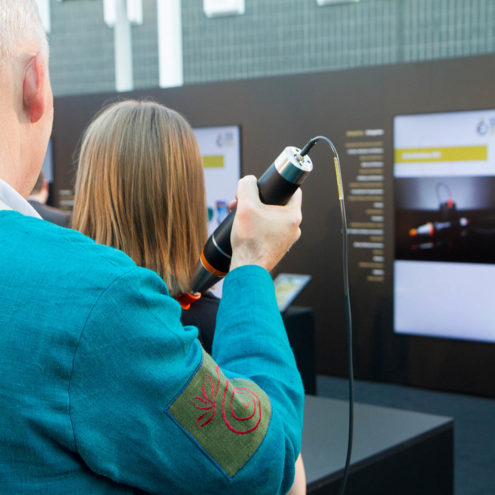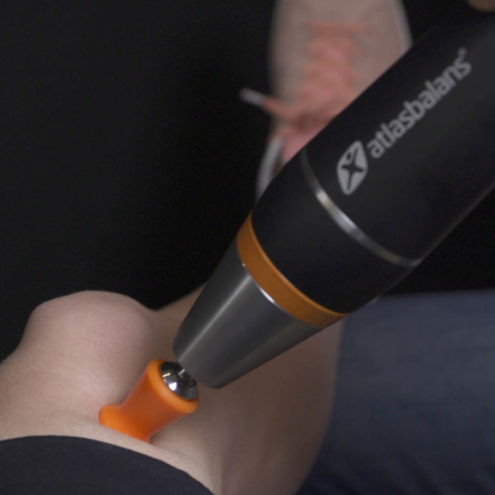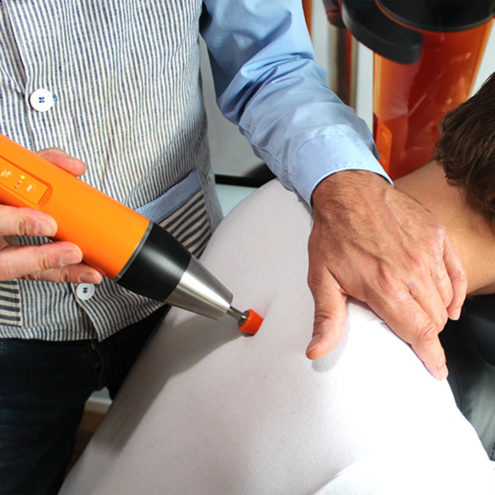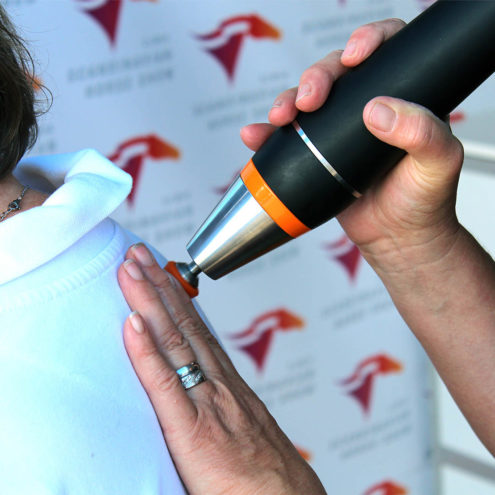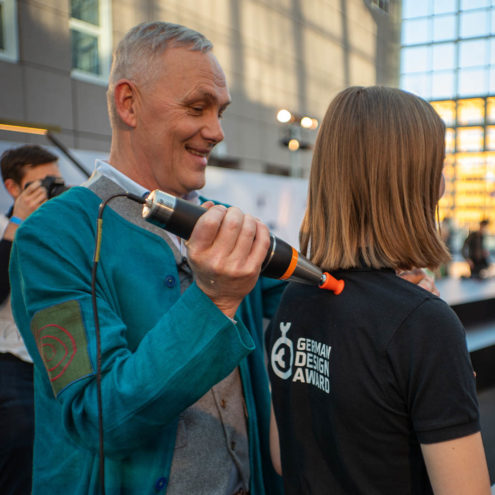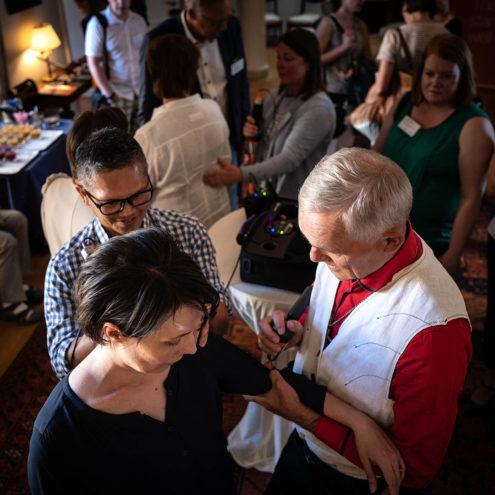Stretching Back of Thighs

Stretching the back of the thighs can be an important part of maintaining good mobility and preventing injury. By understanding the role and effects of stretching on our body, we can better integrate it into our daily routine.
What is Stretching the Back of the Thigh?
Having good mobility in the back of the thighs can be crucial for several movements and activities that are part of our daily lives. A muscle that is properly stretched helps to reduce tension and also prevent the risk of injury. In today’s society, people often sit for long periods of time, making the back of the thighs very short and tight. If the back of the thighs are short and tight, it will be more difficult to stretch the knees, affecting activities such as walking and running. If the muscles suddenly need to be fully stretched from their short position, they can more easily suffer from overuse injuries.
Stiffness in the back of the thigh can affect the whole body. Often there is a major impact on the hips and lower back, but stiffness can affect other parts of the body as well. Maintaining the mobility of these muscles can reduce symptoms such as pain and discomfort and increase mobility. Regularly stretching your muscles also helps to improve your posture and thus reduce stress on your pelvis and spine.
Why do you stretch the back of the thighs?
Regular stretching of the back of the thighs helps improve muscle flexibility and circulation, reducing the risk of injury. Stretching the back of the thighs also improves posture, equalizing the load on the spine.
Mobility and Flexibility
Stretching increases blood flow to the muscles, improving their mobility and elasticity. This is especially important for athletes and those who perform physically demanding work.
Relief for Nerve Root Pain and Sciatica Problems
A stiff hamstring can contribute to or aggravate problems such as sciatica. By stretching these muscles, tension can be reduced and posture can become more upright, thereby reducing pressure on the sciatic nerve.
Symptoms and Consequences of Insufficient Stretching
Increased risk of injury
Insufficient stretching can lead to an increased risk of muscle and tendon injuries, especially during physical activity.
Reduced mobility
Without regular stretching, muscles can become stiff and reduce the mobility of the legs, affecting activities such as walking and running. Reduced mobility can alter movement patterns and change the loads the body is exposed to.
Impact on Back and Hips
Stiff hamstrings can cause a different posture, which can affect the back and hips, among other things. A different posture in the back and hips can make loads more uneven and increase the risk of overload and injury.
How we can help you
At the FasciaClinics, we offer treatments that focus on releasing tension and stiffness in the fascia of the back of the thigh. During a fascia treatment, the entire body is scanned to examine compensations and imbalances. If there is an imbalance, there is a high risk of it spreading to other structures. During the treatment, we adjust the pelvis so the legs load more evenly. The treatment softens the muscles and fascia on the back of the thighs so that mobility and circulation are improved. Fascia treatment reduces the pressure across the cell membranes so that substances can be absorbed and released more easily. It also reduces pressure on the free nerve endings, which reduces pain in the back of the thigh.
Different Methods to Stretch Back Thighs
Exercises for Different Situations and Needs
We can provide tips on simple stretching exercises that can suit different individuals’ needs and situations, whether at home, at work or outdoors.
At Home, At Work & Outdoors
Each environment offers unique opportunities to integrate stretching into your daily routine. Furniture without wheels and at body height is preferable to effectively perform back of thigh stretching.
Tips for Effective Stretching
Regular stretching with the right technique is key to achieving the best results. Patience and consistency are important to achieve long-term benefits. Get help from someone knowledgeable if you are unsure. It is important that you stretch according to your own needs and do not get sore from the stretch.
Seated stretch
A seated stretch can be easily performed in the office or at home and is effective for stretching the hamstrings.
Standing stretch
Standing stretching exercises are perfect for quick stretch breaks during the day, especially for those who stand or walk a lot.
Horizontal Stretch with and without Rubber Bands
Lying stretching exercises provide a deeper stretch and can be reinforced with the use of a rubber band for increased resistance and control.
Common Mistakes and How to Avoid Them
The Importance of Proper Back Posture and Breathing
Keeping your back straight and using the right breathing techniques are essential to perform stretching exercises safely and effectively.
Benefits of Regularly Stretching Back Thighs
Long-term health benefits
Regular stretching of the hamstrings contributes to better overall health and prevents muscle-related problems. Stretching reduces the risk of injury and overexertion, improves circulation and increases flexibility.
Improved Performance in Everyday Life and Sports
Maintaining flexibility in the hamstrings improves your performance in everyday activities and sports.
Stretching the back of your thighs is a vital part of a healthy lifestyle. With the right approach, you can reduce the risk of injury, improve your flexibility and general well-being.
 Search
Search






